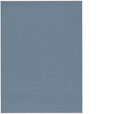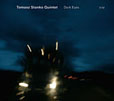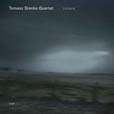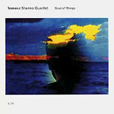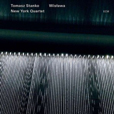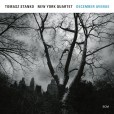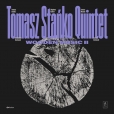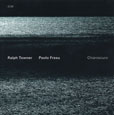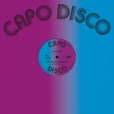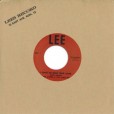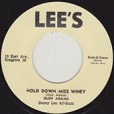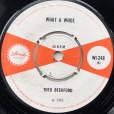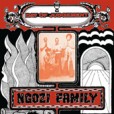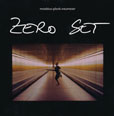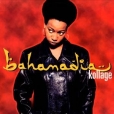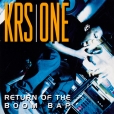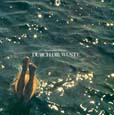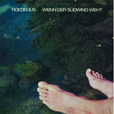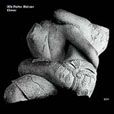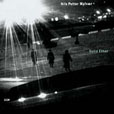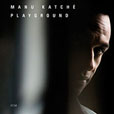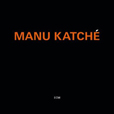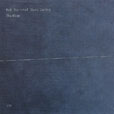Your basket is empty

Live in August 2004.
Hats off to the Oslo lot, back with such fascinating, dauntless, new-broom musicality after the departure of their drummer — the trio grappling beatlessly, intently with Hammonds, in the deep space charted by Ra.
With new cohorts from Finland and Denmark — electric bass and guitar bringing a new tension and urgency — this is by turns fierce and hard, swinging and sparse, lyrical and mournful.
‘The quintessence of experience of sorts. It has some free playing, some reflection, and we also played Komeda’s Kattorna. Among my records this is the one I listened to the most after recording.’
Beautiful, balladesque quartet album — moody, blue and restrained.
Inspired by the great poet Wislawa Symborska, who died last year. Ace NY quartet. Full of dread and life, tersely sophisticated, imbued with Miles. Monk and Andrew Hill in the pianism. Always recommended, TS.
Leading his New York Quintet.
Duets by trumpet, or French horn, and guitar.
Easy-squeeze, rocking steady loveliness from 1968.
‘Paul Ngozi’s debut album of rawly intense proto-punk and garage Zamrock, featuring Chrissy Zebby Tembo. From 1976, the same year as Lazy Bones!! by Witch, and Rikki Ililonga’s Zambia, ushering in the golden era of Zamrock and trailering a dozen Paul Ngozi and Ngozi Family releases, bestride funk and punk, driving hard rock and Zambian folk melodies and rhythms.’
Dark, funky and grooving, inventive and flowing but punchy and sharply focussed. Moebius’ electronics, Neumeier’s drumming, Plank’s engineering: from the early eighties but fresh as anything.
40th Anniversary Edition: hand numbered, limited edition, white vinyl.
Piano / cello duets.

